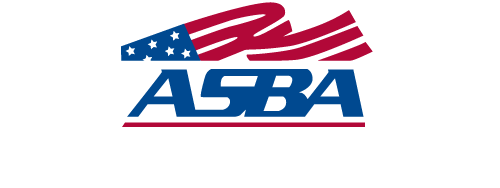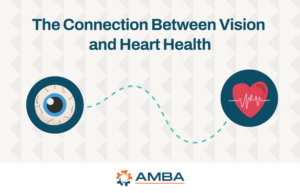When time is of the essence, an emergency helicopter ride could be what determines whether a patient lives or dies. It’s up to the first responders on the scene to determine how imperative the situation is. An emergency helicopter ride can help a patient arrive at a hospital faster. But even a normal ambulance ride can cost thousands of dollars. An airlift can cost as much as $50,000 and is frequently not covered by Medicare or normal insurance policies. First responders have a delicate balance: they want to save their patient, but they also don’t want to waste the patient’s money. For that reason, they learn a simple six letter acronym to remember the important considerations when deciding if helicopter transport is an appropriate option for their patient.
FALTER.
F = FEAR
Believe it or not, medical professionals can get scared when facing an emergency situation. Sometimes they consider calling for a helicopter because they’re afraid to be the decision maker for the next thirty minutes, managing this patient in the back of my medic unit. They’d prefer to hand the patient off as soon as possible. They mustn’t consider calling for a helicopter as their panic button.
A =ACCESS
Does the scene lend itself to convenient helicopter access? If not, minutes or hours may be wasted trying to move the patient to an acceptable landing site or waiting for clearer weather. Bad weather and dicey landing zones make helicopter operations riskier. No landing zone, no helicopter.
L = LAZY
When the hospital is an hour away and the emergency responder’s shift change is twenty minutes away, a helicopter may sound like a great option…to them. It may be inconvenient, but EMS always needs to put their patient’s needs above their own.
T = TIME
This should always be one of the most important factors when considering ordering an airlift. Is time really a factor for your patient?
Significant trauma, strokes and myocardial infarction may all benefit from a reduced transport time. Diabetic emergencies, minor injuries and stable patients do not.
E = EXTRICATION
In EMS terminology, this is the “sick and stuck” rule. If the patient is sick and they are stuck, consider calling a helicopter. For example, if the patient is stuck under their dashboard with a rapid pulse and questionable blood pressure, consider calling a helicopter.
R = REAL
When EMS considers a helicopter as an alternative to ground transportation, they have to consider the real time required for helicopter transport. Helicopter transport is often somewhat slow. Calculate factors like the time it takes to notify the helicopter crew, scramble the unit, go through the preflight routine and lift off, and the flight time to the scene. If after all those considerations, a helicopter ride will still save time – and potentially the patient’s life – then it is prudent for the call to be made.
For EMS, ordering an emergency airlift should only be used when necessary and appropriate. But ultimately there are times it is necessary and could save your life. Be prepared for this worst-case scenario with a membership in Medical Air Services Association (MASA). A MASA membership covers best-in-class emergency air and ground transport 7 days a week, 24 hours a day, 365 days a year from home or anywhere in the world, plus transportation of vehicles, children, grandchildren, and even pets at no additional cost. There are no premiums, deductibles or other hassles. Learn more about MASA memberships.



